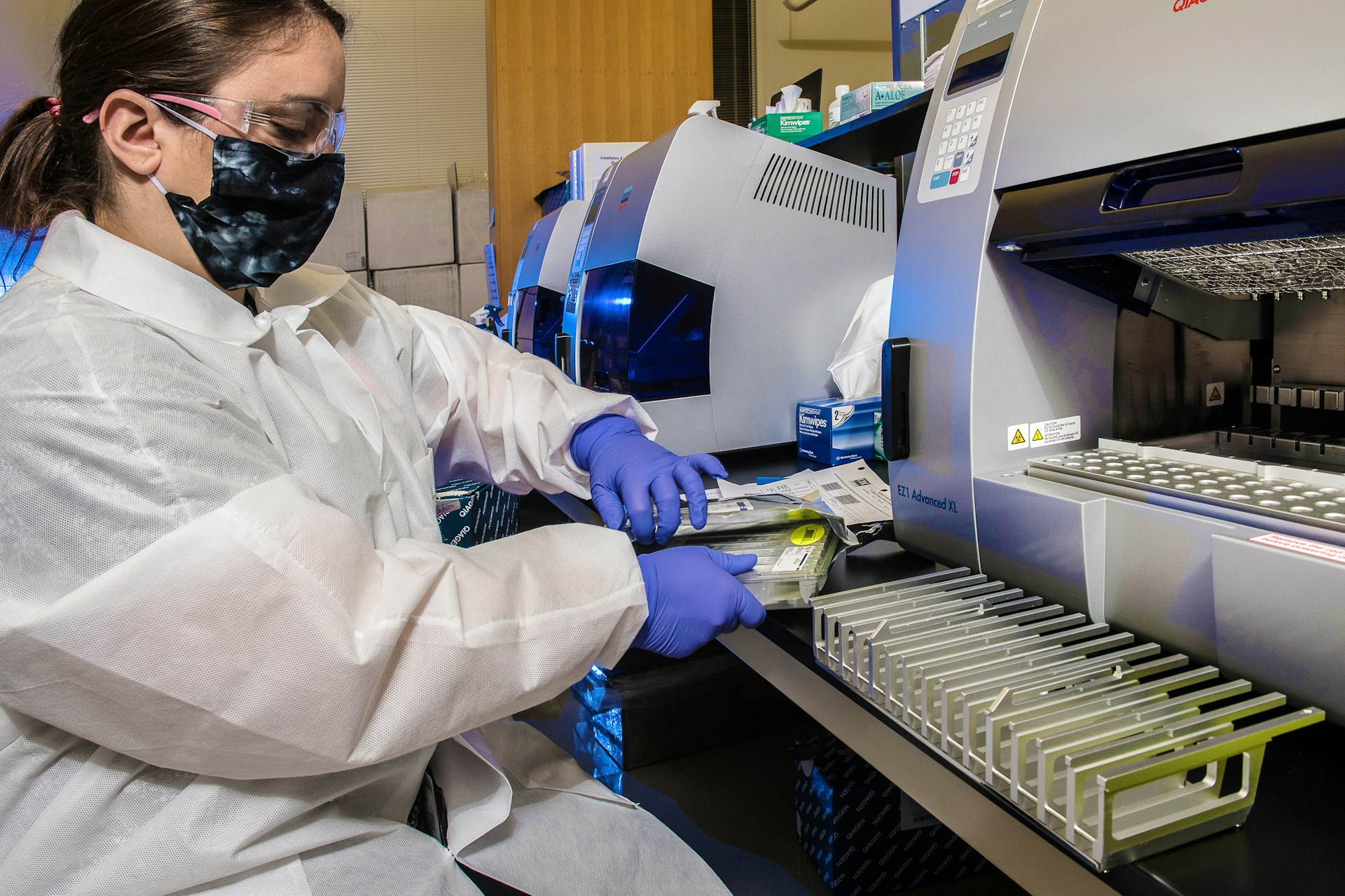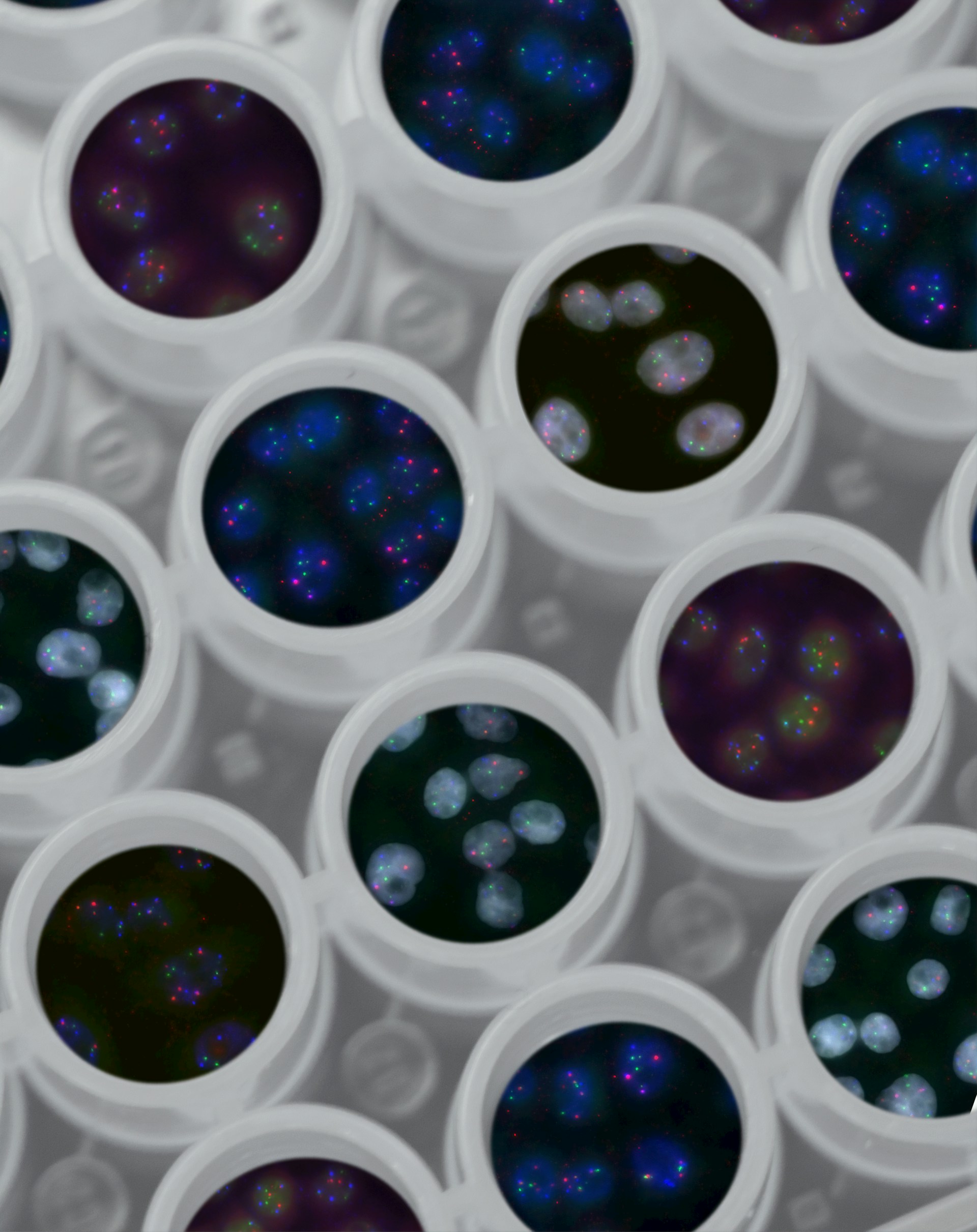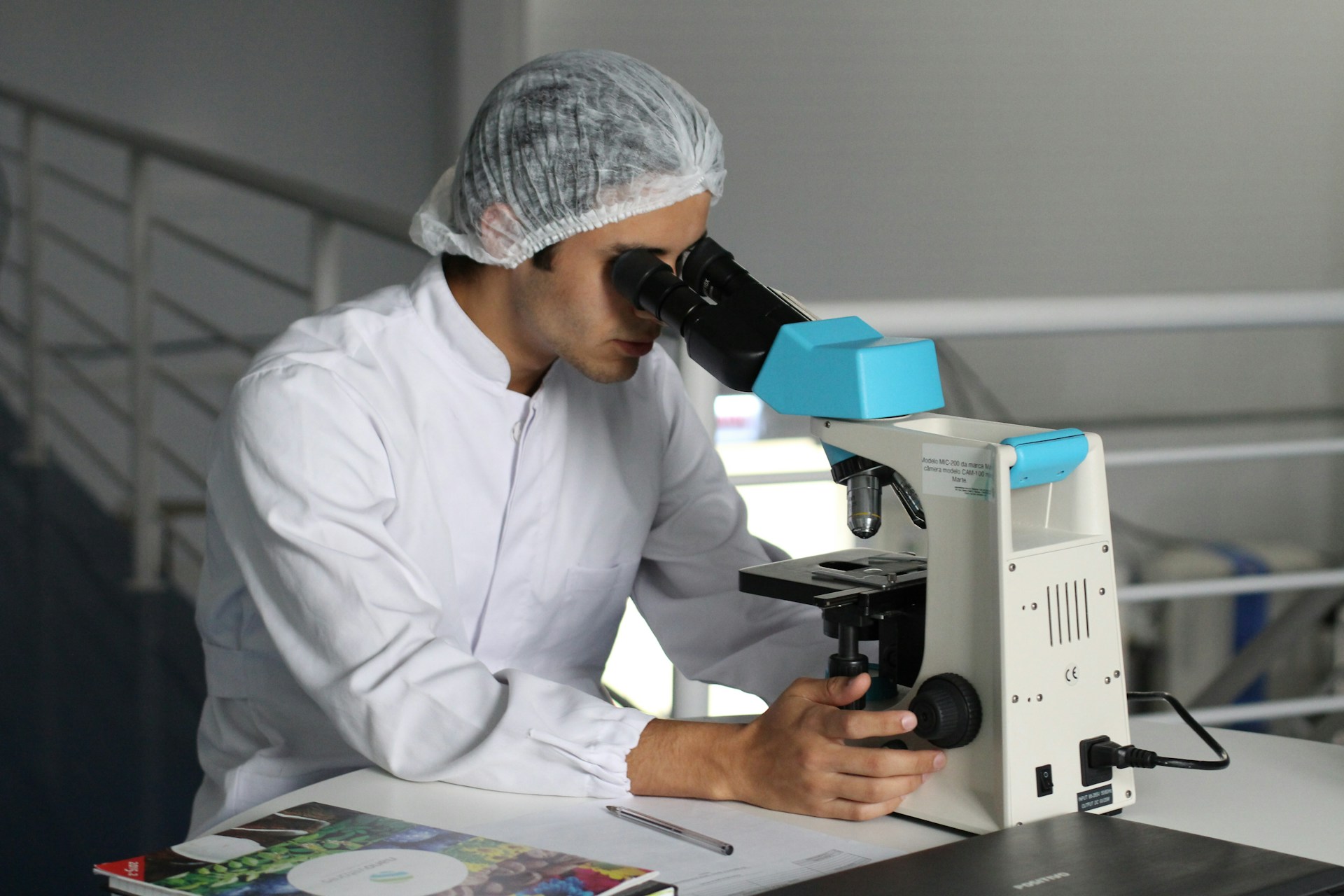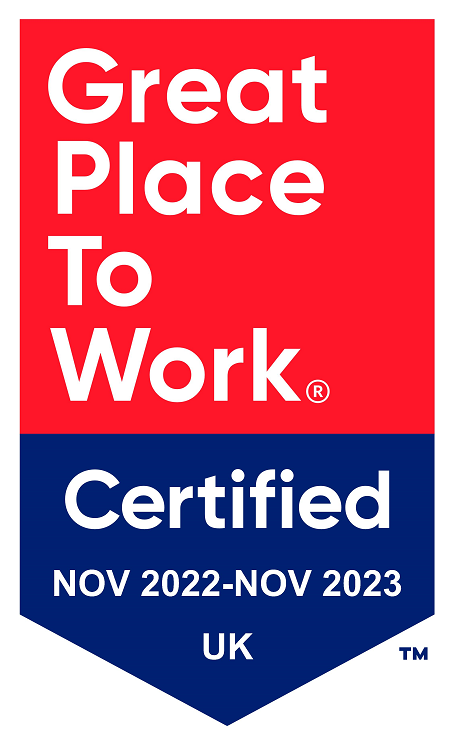Top 5 Trends Shaping Biostatistics Jobs in 2023
14 Sept, 20239 minutesIn the dynamic landscape of healthcare and life sciences, the role of biostatisticians has n...

In the dynamic landscape of healthcare and life sciences, the role of biostatisticians has never been more pivotal. The convergence of cutting-edge technologies and ever-evolving methodologies is redefining the way we analyse, interpret, and draw insights from biomedical data. If life science companies wish to thrive in this innovative, fast-paced field, it is vital that they recruit the best and brightest professionals for their biostatistics jobs.
In this guide, we’ll explore the forefront of biostatistics, where data-driven decisions hold the key to advancing healthcare and improving the lives of individuals worldwide. We’ll examine the most influential trends that are shaping biostatistics jobs, and by the end, you should have a firm understanding of how biostatistics’ evolution affects both candidates looking for new roles and businesses seeking exceptional talent.
1. Increased Adoption of AI
The rapid evolution of AI and machine learning technology has had a profound impact on the field of biostatistics. Capable of automating tasks that biostatisticians traditionally perform, artificial intelligence has the power to transform the roles and responsibilities of biostatistics jobs. While there is some concern that the increased adoption of AI may lead to job displacement, many believe that this cutting-edge technology is capable of augmenting the duties of biostatisticians, allowing them to direct their focus toward more complex and innovative tasks.
Owing to its convenience and cost-effectiveness, an ever-increasing number of life science companies are choosing to incorporate AI into their operations. In fact, research has found that 81% of life science business leaders expressed a keen interest in their organisations to more aggressively adopt AI technology. This appetite for artificial intelligence is unsurprising considering the benefits it offers, but how will it reshape biostatistics jobs?
Life science companies are already implementing AI and machine learning tools to carry out a range of key biostatistics-related tasks, including:
- Data cleaning. Data cleaning is a significant part of the analysis process, as it ensures that the data is as accurate as possible. AI can be used to automate this part of the biostatistics process, thus saving biostatisticians a considerable amount of time.
- Statistical Modeling. One of the most vital tasks any biostatistician must perform is developing and fitting statistical models to data. By leveraging AI for this purpose, biostatisticians are able to make predictions and draw key inferences from data.
- Data analysis. Biostatisticians are expected to carry out a variety of data analysis tasks, such as statistical programming and hypothesis testing. Rather than spending time carrying out these tasks manually, they can harness AI to automate them.
Despite the ongoing debate around the risks and rewards associated with the growing adoption of AI, the reality doesn't quite reflect this binary. While concerns over AI’s impact on the future of biostatistics jobs are understandable, the life science industry should instead view this as an opportunity to adapt.
As AI and the life sciences industry continue to converge, it is likely that a host of new biostatistics jobs will be created, and traditional roles will be redefined. Candidates with expertise in new AI-powered tools and methods are likely to find themselves in high demand from life science companies looking to widen their use of AI. For instance, there is sure to be a higher demand for data analysts who are well-versed in using AI-powered tools to identify patterns and trends in large sets of medical data.

2. Growing Focus on Big Data
Another key trend that’s having a significant effect on biostatistics jobs is the growing focus on big data. Over the past few years, there has been an increased use of large and complex datasets in biomedical research, and biostatisticians are tasked with interpreting and analysing these vast collections of data. There are numerous reasons why big data has become such a prominent trend, including the rapid development of DNA sequencing technology and the increasing usage of electronic health records.
Big data solutions offer a variety of benefits for biostatisticians and life science companies alike. Not only does it allow them to examine data sets and biological systems in much more detail and at a greater scale, but it also assists them in developing new statistical programming methods and algorithms. In addition, big data may be leveraged to study the factors that contribute to disease, allowing life science professionals to develop new diagnostic methods and treatment strategies.
As well as the various health and efficiency benefits of big data solutions, it can also help businesses to boost profits. Research carried out by Zippia found that companies using big data solutions increase profits by an average of 8%, a revealing statistic that demonstrates big data’s financial advantages. So, having established that big data can be beneficial for life science companies, a key question needs to be asked - how does the development of big data impact biostatistics jobs?
The rapid advancements of big data solutions have redefined the roles and responsibilities biostatisticians are expected to perform. Today, there is a high demand for biostatisticians with much-needed data science and machine learning skills, and as a result, professionals in this field are having to upskill and reskill to be able to work with big datasets.
Here are 3 key examples of areas where big data has reshaped biostatistics roles:
- Genomics. In the field of genomics, biostatisticians are tasked with developing statistical methods to identify factors contributing to disease and treatments. Due to the rise of big data, life science companies are increasingly looking for candidates who are able to use big data solutions to analyse large genomic datasets.
- Public health. Big data methodologies are also critical for public health, specifically in relation to tracking the spread of disease and pinpointing the populations most at risk. Biostatisticians with expertise in big data play a fundamental role in analysing public health data and developing appropriate public health interventions.
- Clinical trials. Researchers are always on the lookout for ways to conduct clinical trials more efficiently, and leveraging big data has become one of the leading methods. Biostatisticians capable of big data analysis are instrumental in finding new statistical methods to interpret trial data and identify promising new drugs and treatments.
From pharmaceutical companies to MedTech firms, all manner of life science companies can benefit from hiring biostatisticians with skills in big data. Their expertise not only ensures that research is conducted more efficiently and effectively, it also goes a long way in improving health outcomes.
If you would like to learn more about the role of biometric data and biostatistics in life sciences, we encourage you to read our ‘Top Life Science Companies Leading the Way in Biometric Data’ guide.
3. Precision Medicine
The rise of precision medicine, also known as personalised medicine, has had a particularly transformative effect on many biostatistics jobs. Referring to an approach to medical treatment that considers a patient’s unique genes, environment, and lifestyle, precision medicine has greatly impacted the field of biostatistics and the life sciences industry as a whole. In our ever-more digitised society, the greater demand for personalisation of services has become a pervasive trend across many sectors of the economy, and precision medicine is a field born out of that trend.
The popularity of precision medicine shows little sign of slowing down, with the global personalised medicine market forecasted to reach a staggering $140.69 billion by 2028. This remarkable rise isn’t all that surprising considering the numerous advantages of precision medicine, such as better disease detection, more effective drug prescriptions, and shifting the focus from reaction to prevention. Given that precision medicine relies on specialised statistical expertise for analysing large amounts of data, it is clear to see why there is such a need for biostatisticians in this area of medicine.
With the ever-growing demand for biostatisticians with data science and machine learning skills, organisations providing precision medicine services are finding it increasingly challenging to source top talent for their biostatistics jobs. To ensure that your organisation is producing the best possible precision medicine offerings, it is important to hire the right biostatistics professionals with the skills to enhance your custom-tailored treatments.
Let’s examine the key areas where biostatisticians can improve your precision medicine products:
- Data analysis and interpretation. By its very nature, precision medicine generates large amounts of data from a wide array of sources, including electronic health records, genomics, and proteomics. The need to analyse and make sense of this data is essential for life science companies looking to develop effective treatments and biostatisticians are well-equipped to perform this task.
- Biomarker discovery. One of the most fundamental aspects of precision medicine is identifying relevant biomarkers that can aid the effectiveness of treatment decisions. With expertise in data science and statistical programming, biostatisticians can develop statistical models to pinpoint these biomarkers.
- Personalised treatment strategies. Developing personalised treatment strategies based on an individual’s unique genetic makeup is the cornerstone of precision medicine, and biostatisticians can help to achieve this by designing clinical trials and analysing complex patient data.
Ongoing life science recruitment challenges like talent shortages, high turnover, and rapid technological advancements can make it difficult for companies to hire high-quality candidates for all-important and statistical programming roles, but with the right recruitment strategy in place, businesses have every chance of overcoming these challenges and hiring the biostatistics specialists they require.
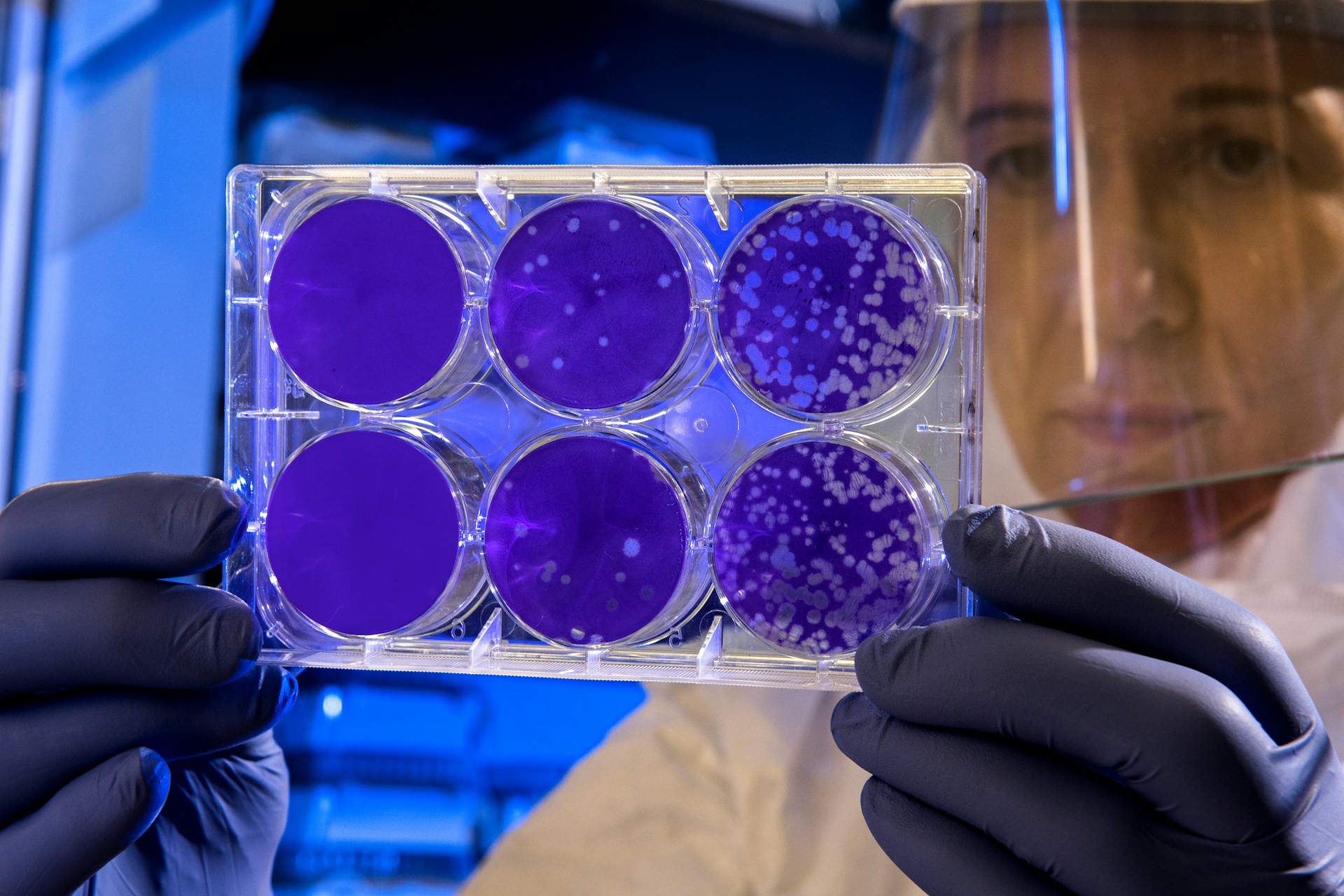
4. The Growing Popularity of Telemedicine
Praised for its ease of use and cost-effectiveness, telemedicine has emerged as a key component of modern healthcare. Having dramatically grown in popularity during the Covid-19 pandemic, telemedicine refers to the practice of treating patients remotely. While remote patient monitoring has its limits, it is nevertheless a convenient treatment option for those with minor ailments or people who cannot access traditional, in-person healthcare settings.
Although this trend has been gathering pace for many years, the pandemic certainly accelerated its rise. Analysis from McKinsey & Company revealed that telehealth use has stabilised at a rate that is 38 times higher than the pre-pandemic baseline, an eye-catching finding that makes it clear that telemedicine is here to stay. There are many reasons behind telemedicine’s exponential rise, not least due to its various advantages, including increased access to care, reduced transmission of infections in healthcare settings, and improved patient outcomes.
So, what does this mean for biostatistics and statistical programming professionals? As telemedicine generates large amounts of data that need to be analysed to identify patterns and trends, its growth has precipitated a higher demand for candidates with valuable data science skills. Telemedicine gives biostatisticians the opportunity to prevent and control diseases by analysing reams of telemedicine data, an ideal task for those who wish to make a meaningful difference in public health.
Let’s examine 3 key areas where telemedicine is reshaping biostatistics jobs:
- Telemedicine-based clinical trials. Remote clinical trials are particularly useful for researchers who wish to test a new drug or treatment on patients who live in rural locations that are hard to reach. Biostatisticians are instrumental in analysing data taken from these trials, using these findings to develop treatments for all manner of moderate and chronic diseases.
- Health economics research. Since telemedicine’s introduction, there has been much research into its cost-effectiveness. Biostatisticians play an active role in this research by analysing telemedicine data to help healthcare providers make vital decisions about the most financially feasible way of facilitating telemedicine services.
- Public health research. In the world of disease prevention, biostatistics are very much in demand. They are tasked with using telemedicine data to monitor the spread of outbreaks and pinpoint the populations that are most at risk of certain infectious diseases, such as influenza or Covid-19.
5. An Increasingly Complex Regulatory Landscape
Many professions in the life sciences industry have been affected by an ever-more complex regulatory landscape, and biostatistics is certainly no exception. With changes to data privacy laws, clinical trial regulations, and the drug approval process being made on a constant basis, biostatisticians are required to stay on top of their regulatory knowledge, ensuring that their study designs and analysis methods meet the current regulatory standards and guidelines.
Although the increasingly complex nature of regulations poses numerous challenges for professionals and life sciences companies alike, it nonetheless presents a host of job opportunities for biostatisticians with a thorough understanding of the latest guidelines. This is particularly evident in clinical trials, where there is a significant demand for biostatisticians with experience in implementing new, regulatory-complaint trial types, such as adaptive and basket trials.
Regulatory changes also bring about the creation of new types of statistical methods, another development that affects the roles and responsibilities of biostatistics jobs. For instance, new regulations have precipitated the introduction of new methods for risk assessment and risk-benefit analyses, duties that are crucial when it comes to weighing up whether a treatment is fit for widespread usage. As these processes are pivotal for public health institutions and life science companies, biostatisticians with experience in applying these new methods are in demand.
Businesses looking to hire biostatisticians with this expertise should strive to monitor these evolving skill sets, as it will give them a greater understanding of the specific skills and qualities to look for.

Top Trends Impacting Biostatistics Jobs: Key Takeaways
The ever-evolving landscape of healthcare and life sciences is placing biostatisticians at the forefront of innovation. The rise of cutting-edge technologies, the growing focus on big data, the rise of precision medicine, and the adoption of AI are shaping the field of biostatistics in profound ways. While these trends present an array of challenges, they also create opportunities for both candidates seeking biostatistics roles and businesses in search of exceptional talent.
In navigating this evolving landscape, life science companies need to prioritise recruitment strategies to overcome challenges such as talent shortages and technological advancements. By doing so, they can secure the exceptional biostatistics professionals required to drive innovation, ensure regulatory compliance, and advance clinical trials. As we look ahead, biostatisticians stand poised to lead the charge in improving healthcare and enhancing the lives of patients worldwide.
Sourcing Top Talent for Biostatistics Jobs
At i-Pharm, we are passionate about helping our clients find the best and brightest candidates for their biostatistics roles. Our specialist consultants have been connecting exceptional talent with life science companies for many years, so you can count on them to provide you with the expert life science recruitment support you need.
Whether you are looking for an entry-level candidate looking to begin their biostatistics or statistical programming career, or an experienced professional, reach out to us today to discover more about how we can help you.

